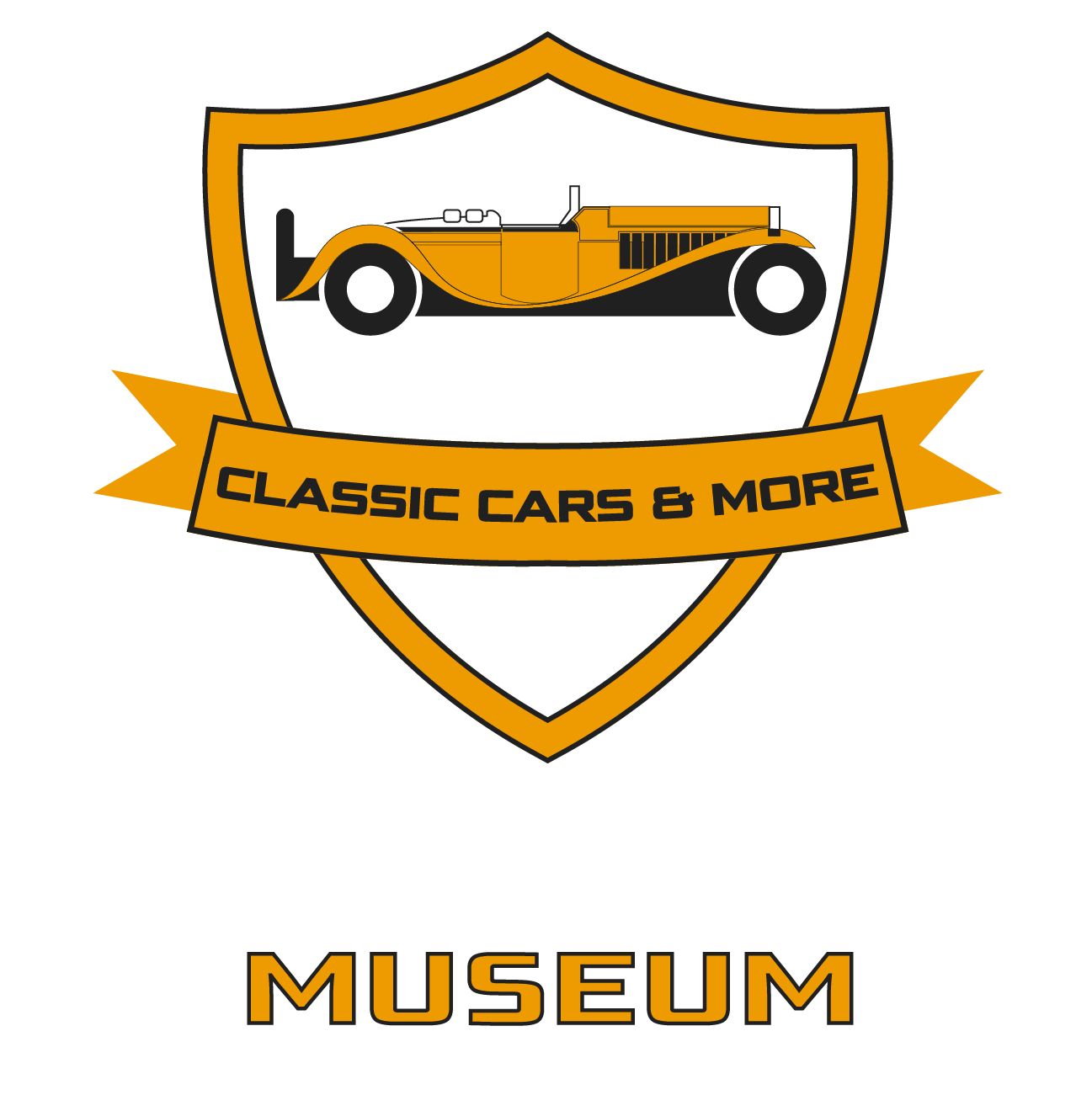365 DAILY NEWSLETTER
AUTO UNION TYPE 52
The skeleton from the cupboard
Before I dive in, I need to take a little time to introduce you to our Bikes & Coffee event, in case you’re not already familiar with it. We welcome interested motorcyclists every Sunday from 4:00 PM. Those who come can enjoy rewards such as a complimentary drink and an hour of billiards at our salon, as well as a free guided tour of the motorcycle exhibition at the 365 Oldtimer Museum. The rest of the museum is accessible to motorcyclists for a 50% discounted entry fee. We look forward to welcoming you as well. Come join us this Sunday!
The article’s title might suggest that we’ll be discussing something negative today. However, this couldn’t be further from the truth. In 1933, Auto Union wanted to produce its own Grand Prix racing cars and sought the help of Ferdinand Porsche to achieve this goal. Porsche designed the car’s shape, while Auto Union provided the technical support. From 1934 to 1939, the racing machines were built. The first three models, Type A, B, and C, were equipped with V16 engines, differing in displacement and cylinder bore. The Type D, produced between 1938 and 1939, was the only V12 in the series. Thanks to these cars, one of the most successful Grand Prix racing teams of the 1930s was born. All the aforementioned models were equipped with a Roots-type rotary piston supercharger. (A total of 18 units of the four models were made, of which very few have survived, but replicas have also been created.) The company wanted to celebrate these rare racing machines by releasing a street version. Engineers began working on this, leading to the creation of the Type 52 concept based on the Type C racing car. Unfortunately, this concept never left the drawing board. Until now. At the recently held Festival of Speed event, the Type 52, created from old blueprints, debuted at the Goodwood racetrack. It was a huge success with the audience, but perhaps that goes without saying. According to the original plans, the beast was supposed to have a 4.4-liter engine with approximately 200 horsepower. Simultaneously, the engine’s compression was to be reduced to allow the car to run on „ordinary” gasoline, and there were plans to change the supercharger’s gear ratio. It was designed to achieve its optimal performance at 200 km/h. The driver sits in the center with two passengers slightly behind. Behind the rear doors, you can find the two spare wheels, the fuel tank, and the car’s engine. As Audi has done in the past, the construction of the car was entrusted to the historical car building and restoration company Crosthwaite & Gardiner. After several years of work, the public first saw it at the 2024 Festival of Speed. Stefan Trauf, head of Audi Tradition, commented:
„We are very pleased to present the Auto Union Type 52 at the Goodwood Festival of Speed. This car excites people about design and technology. To me, it is an absolute dream car. In its time, it remained just a dream – a dream we can bring to life 90 years later. The Auto Union Type 52 showcases its creators’ ingenuity and the technological innovation of its era. I am delighted to have experienced the Schnellsportwagen in person.”
The car that appeared at the event differs slightly from the original plans, requiring some fine-tuning. Ultimately, it was fitted with the Type C’s 6006cc V16 520 horsepower supercharged engine, which uses a special methanol mixture (50% methanol, 40% unleaded gasoline, 10% toluene) as fuel. The car was driven at the event by Tom Kristensen, a nine-time Le Mans winner, and the racing legend Hans-Joachim Stuck, the son of the famous Auto Union Type-C driver Hans Stuck.
As the saying goes, all’s well that ends well, and this story indeed has a happy ending! See you next time, and have a nice day, dear reader!
(Written by Baczoni Márton Gyula)
Subscribe to our newsletter
Provide your e-mail address and click the button below to receive special deals and premium offers




